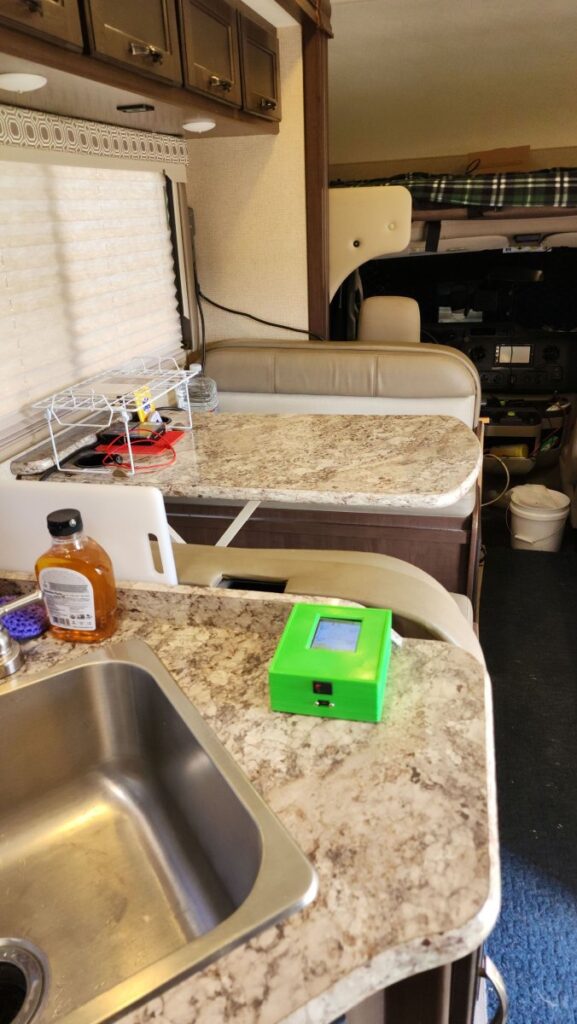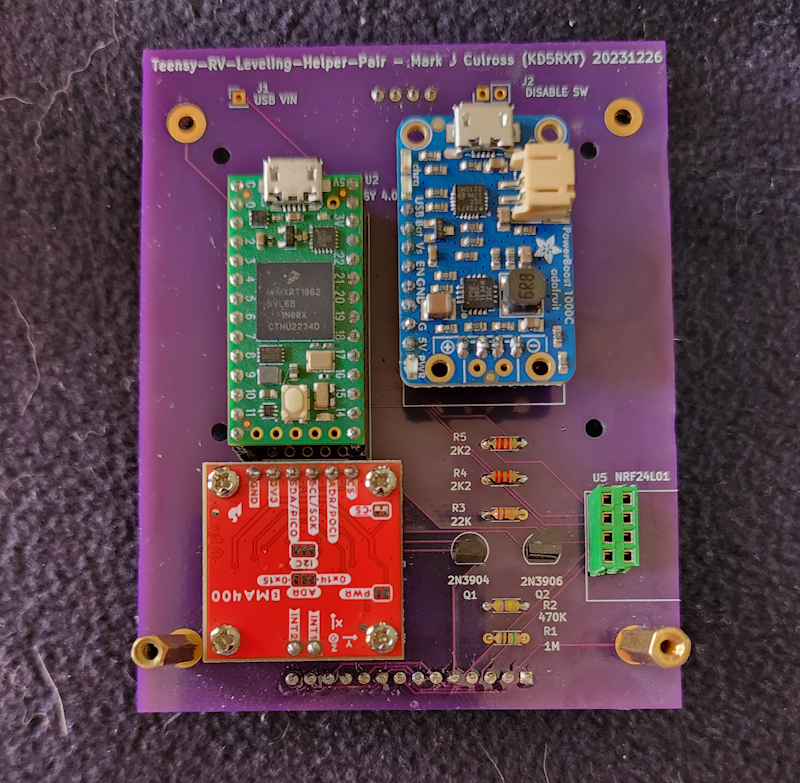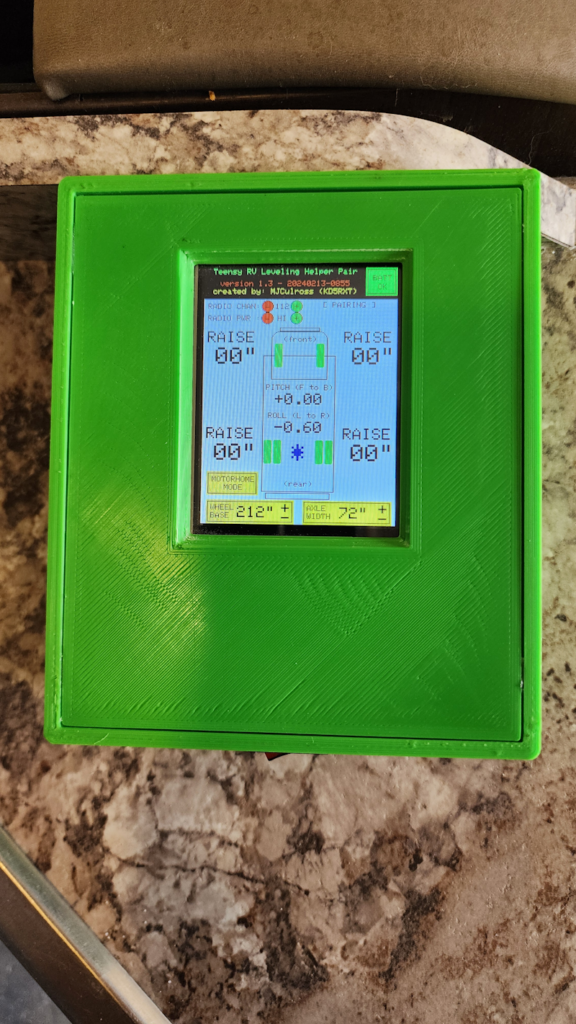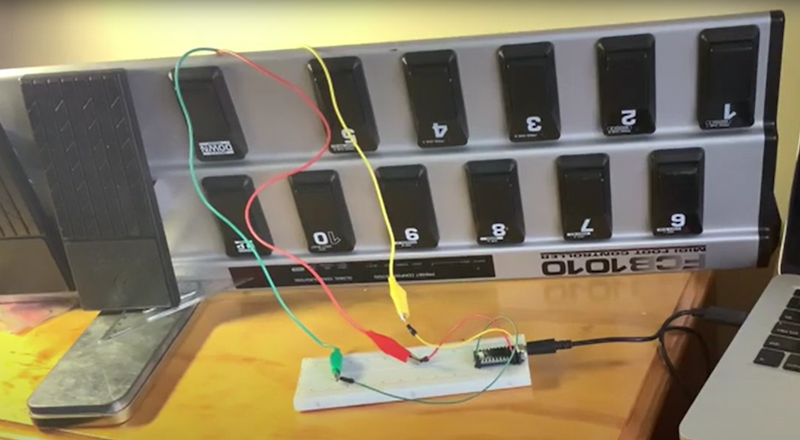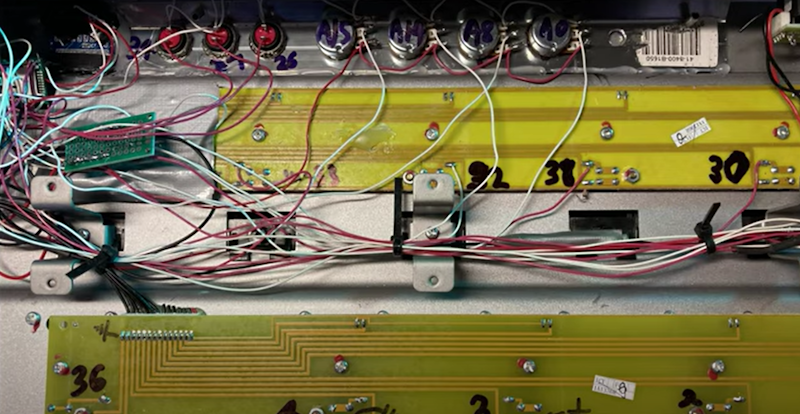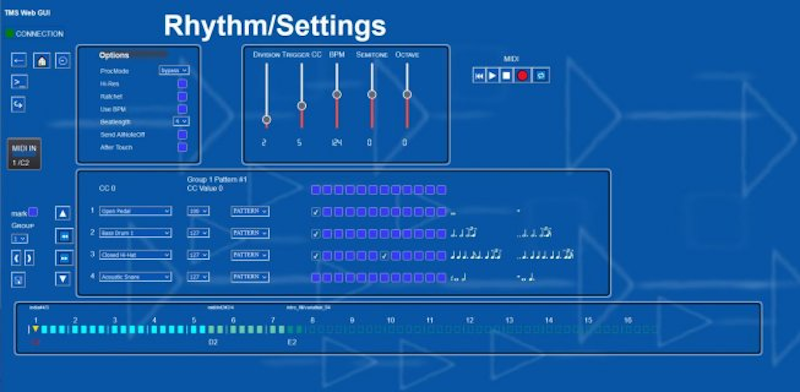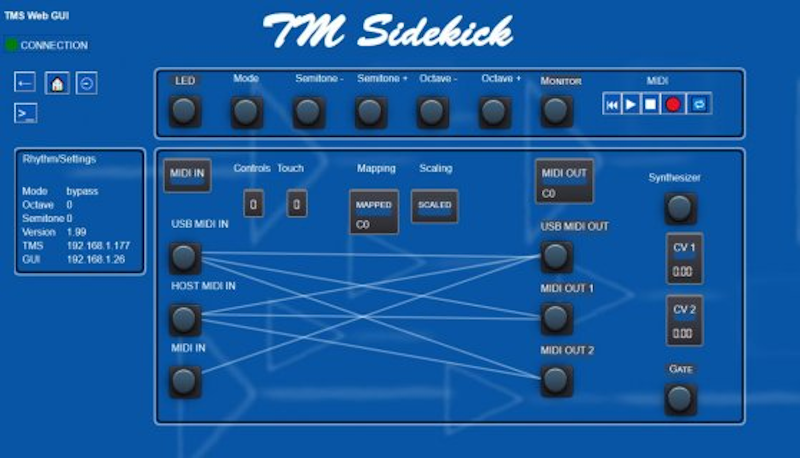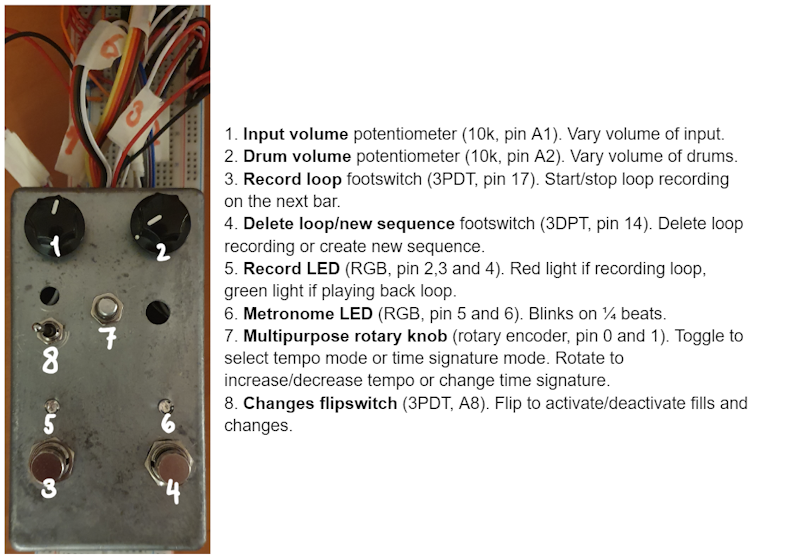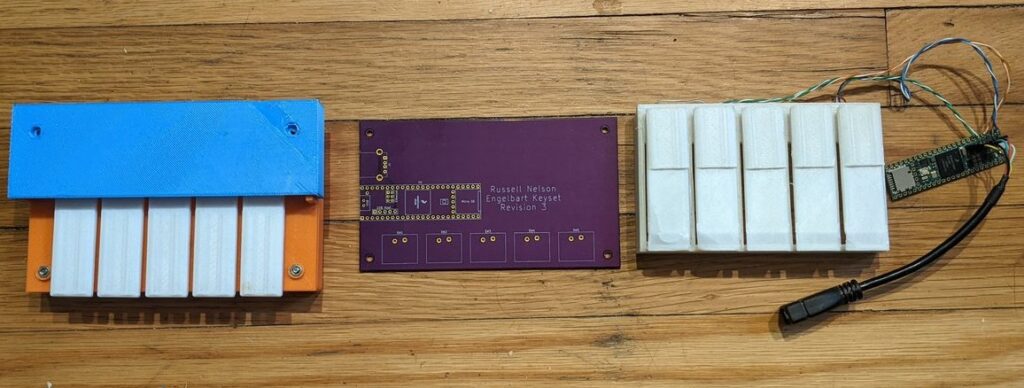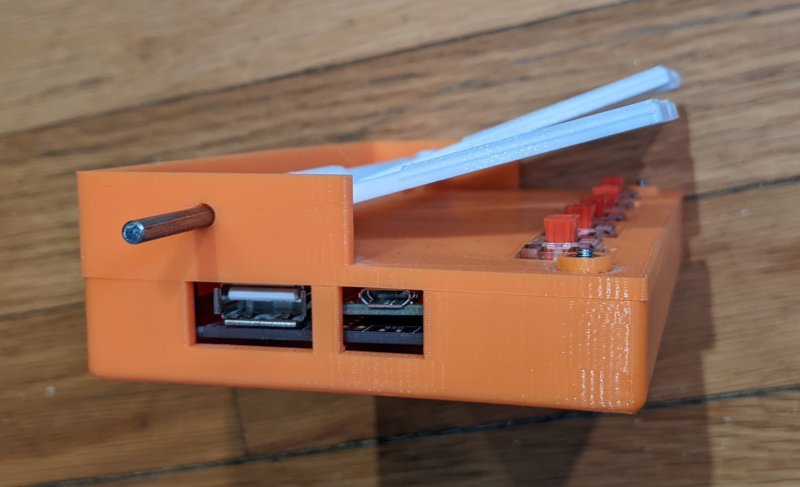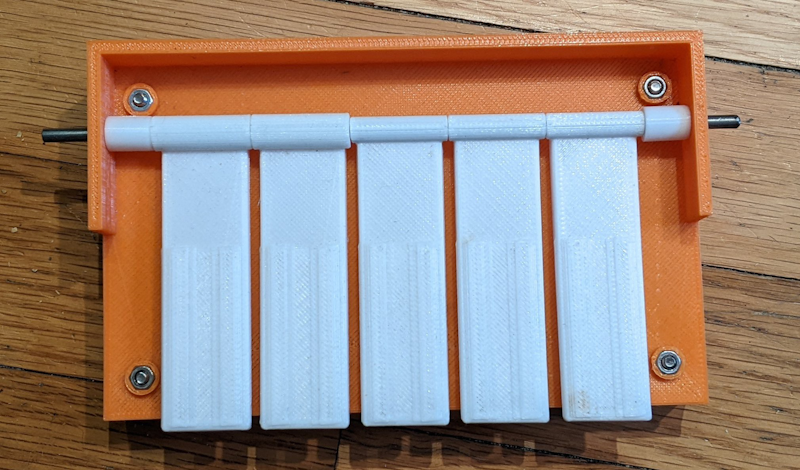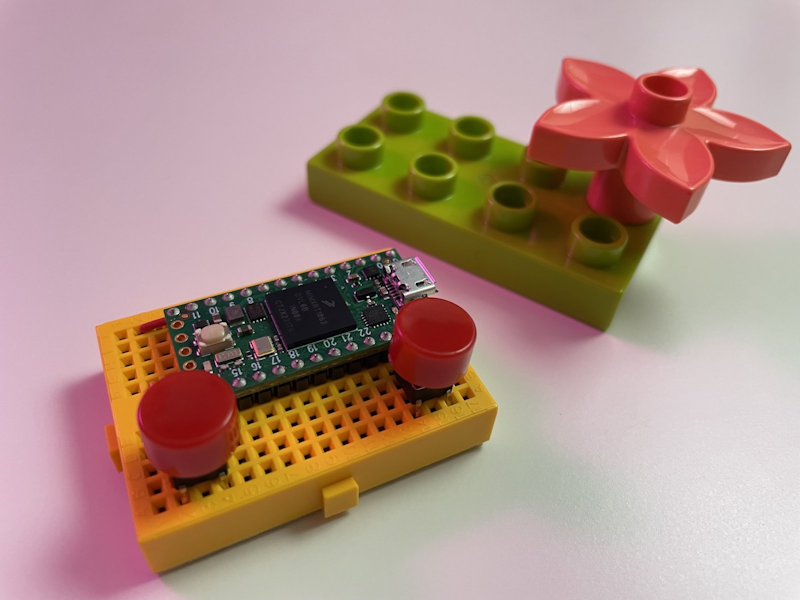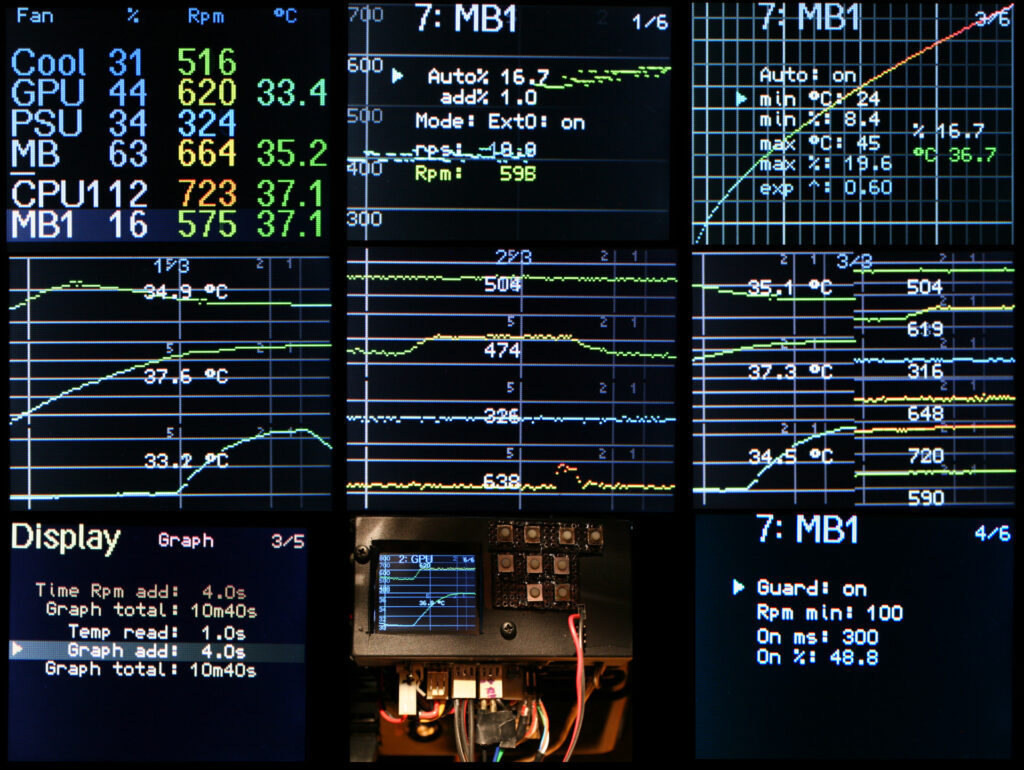Salil Parekh has been using Teensy LC for e-textile projects, but found it difficult to use while testing and debugging due to its small size, which gave birth to the Soft Breakout Board for Teensy LC.

Similar to a regular breakout board, the Soft Breakout Board brings all of the Teensy pins out for easy access, but rather than an FR-4 PCB, is made of denim.
This breakout was then used to develop this touch reactive art piece.

Magnet wire connects the real pins to large snaps in place of vias, which can then easily be connected to with alligator clips during prototyping. Copper tape can be affixed to the snaps for a more robust solution, then removed and rearranged in subsequent projects. See it in action on Salil’s blog.




